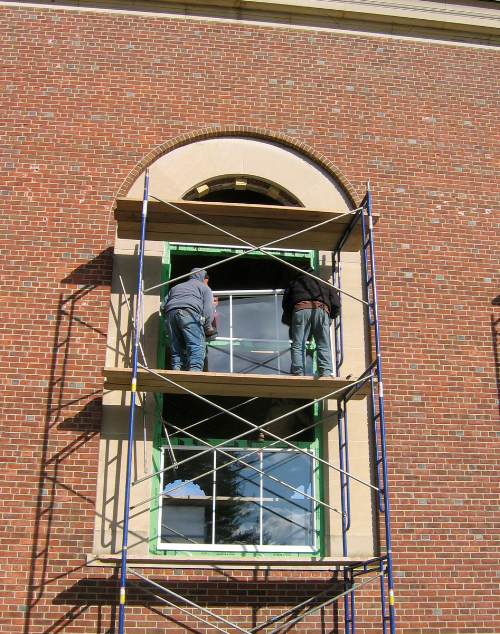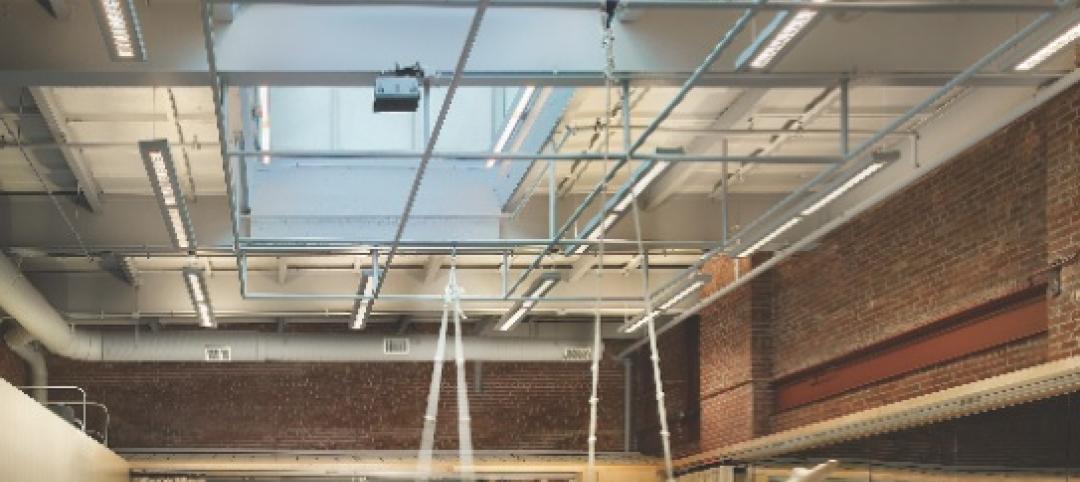- Identify deterioration conditions at historic wood or steel windows in order to plan for appropriate treatment.
- Evaluate repair and replacement options in terms of aesthetics, logistics, maintenance, and energy efficiency to develop a rehabilitation strategy that blends practical considerations with material and energy conservation.
- Apply accepted practices for abatement of hazardous materials to the treatment of historic windows, to reduce exposure risk and protect the surrounding environment from the accidental release of toxic compounds.
- Specify design options for windows classified as weathered, deteriorated, severely deteriorated, and life safety risk that improve thermal performance and safety without compromising historic character.
TAKE THIS FREE BD+C UNIVERSITY COURSE
Related Stories
| Feb 3, 2013
Electronic surveying improves accuracy on BIM-driven hospital project
A mechanical contractor combines an electronic surveying tool with a BIM model to make significant productivity gains in a large-scale hospital project.
| Jan 30, 2013
Design Firm Little Expands Durham Interiors Studio
Both Benner and Byers have expertise in market sectors such as corporate, retail, hospitality, healthcare, research /technology, critical facilities, civic and education.
| Jan 22, 2013
Midwestern Construction Company Acquires Local Architecture Firm
St. Charles, Ill.-based design/build and construction firm acquires architecture firm.
| Jan 17, 2013
Thornton Tomasetti Founding Principal Thornton receives ASCE Lifetime Achievement Award
The OPAL Lifetime Achievement Award is given to civil engineers who “represent a model of achievement to which future generations of engineers aspire to match or exceed.”
| Jan 16, 2013
2013 40 Under 40 application process now open
Building Design+Construction's 40 Under 40 is open to AEC professionals from around the globe.
| Jan 16, 2013
SOM’s innovative Zhengzhou Greenland Plaza opens
The 2.59-million-square-feet building houses a mixed-use program of offices on its lower floors and a 416-room hotel.
| Jan 15, 2013
Morris Architects joins Huitt-Zollars
Morris, which will continue to provide services under its current name and leadership, is entering its 75th year of continuous practice as an architectural, interior design, landscape architecture, and planning firm.















